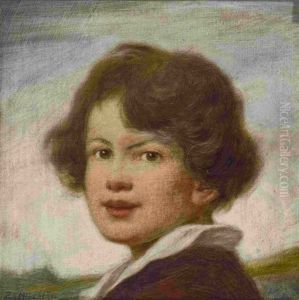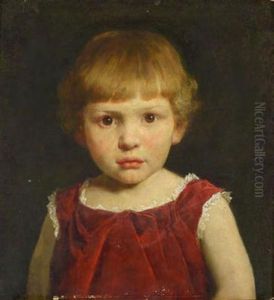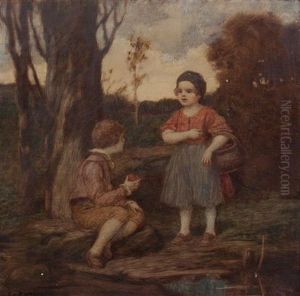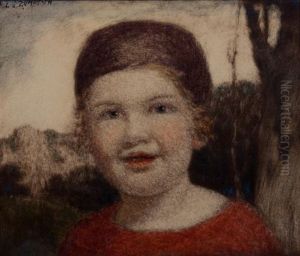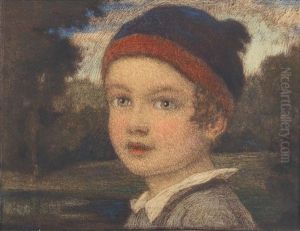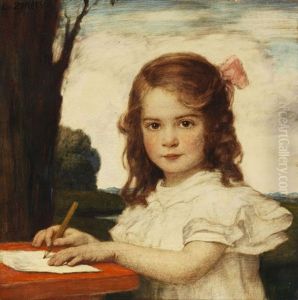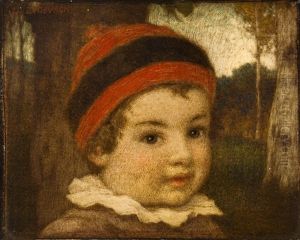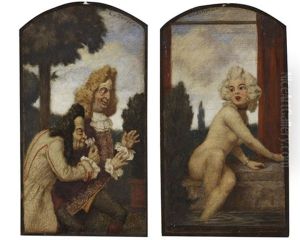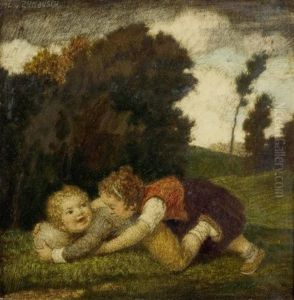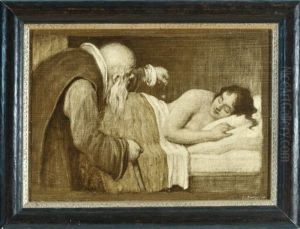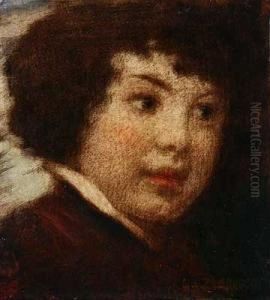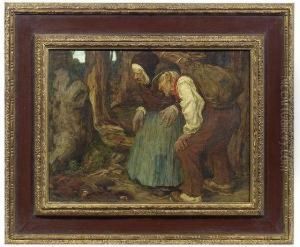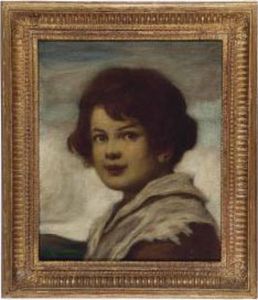Ludwig Von Zumbusch Paintings
Ludwig von Zumbusch, born on September 23, 1861, in Munich, Germany, was a notable artist known primarily for his work as a sculptor. He hailed from a family with artistic roots, as his father, Kaspar von Zumbusch, was a celebrated sculptor as well. Ludwig's artistic journey began under the guidance of his father and was further honed at the Academy of Fine Arts in Munich.
During his career, Ludwig von Zumbusch specialized in creating medals and plaquettes, a form of small relief sculpture. His work in this medium was distinguished by its intricate detail and his ability to capture the essence of his subjects with precision. Von Zumbusch's creations often featured portraits and historical scenes, and he was particularly adept at translating the grandeur and emotion of such scenes onto the small scale of medals and plaquettes.
In addition to his work as a medallist, von Zumbusch also contributed to larger sculptural projects, sometimes collaborating with his father. His talents were recognized with various awards and honors, which helped to solidify his reputation within the art community in Germany and beyond.
Ludwig von Zumbusch's contributions to the field of sculpture were part of the broader artistic movements of the late 19th and early 20th centuries. His works reflected the period's interest in historical and classical themes, as well as a meticulous approach to craftsmanship. Despite the overshadowing fame of his father, Ludwig managed to carve out his own niche and gain respect for his unique contributions to the art of medal-making.
He passed away on May 2, 1927, in Munich. Ludwig von Zumbusch's legacy lives on through his sculptures and medals, which continue to be appreciated by collectors and art historians for their technical mastery and artistic beauty.
